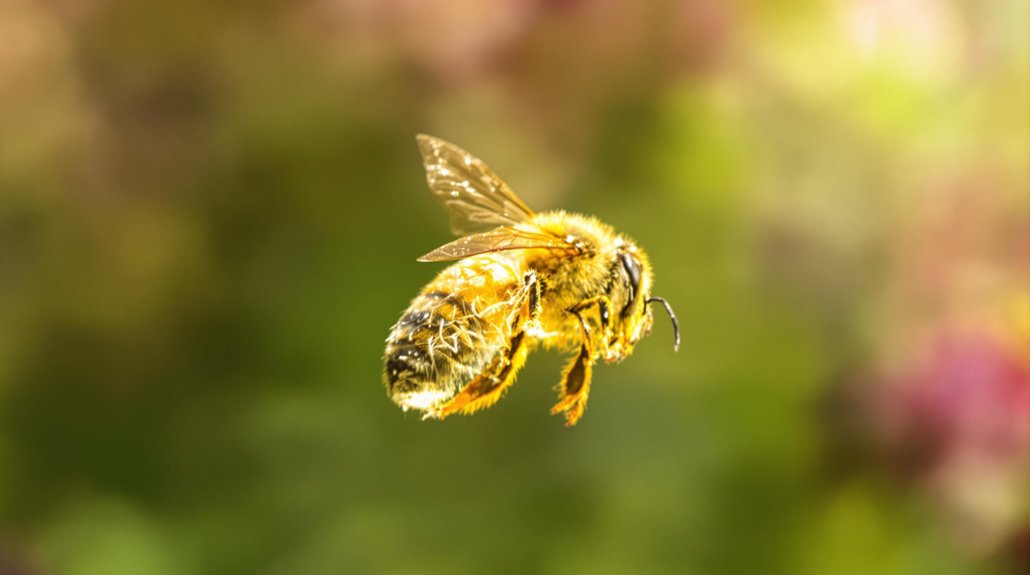The tiny honeybee, essential to global food production, faces a hidden enemy that cripples its ability to fly. Deformed Wing Virus (DWV) and Nosema parasites silently infiltrate bee colonies, causing damage that often goes undetected until it’s too late.
These microscopic invaders don’t just kill bees; they sabotage their flight capabilities. Research shows that DWV can reduce flight distance by up to two-thirds and cut flight duration in half. Meanwhile, bees infected with Nosema make shorter, more compact flights instead of effective longer flights, as they explore 65% less area per time unit compared to healthy bees.
Scientists track these effects using flight mills and tiny radio tags attached to bees. By comparing healthy and infected bees from the same colony, researchers can measure exactly how these pathogens impact flight performance.
What makes these invisible viruses so dangerous is their stealth. Many infected bees show no external symptoms in early stages, meaning the problem spreads before beekeepers notice anything wrong. This has led experts to believe that DWV’s prevalence has been historically underestimated.
The impact goes beyond individual bees. When foragers can’t fly as far or as long, they bring back less food. For colonies with up to 30,000 members, this reduction in resources weakens the entire hive. Reduced nutrition makes colonies more vulnerable to other stresses like pesticides or harsh weather.
Some bees seem to adapt to infection by changing their behavior. Those with Nosema often opt for more frequent, shorter flights rather than attempting longer journeys they can’t complete. However, these adaptations don’t fully compensate for their reduced capabilities.
While infected bees maintain some navigation skills, their search patterns become less complex and efficient. Montana State University researchers discovered that viruses spread through hives similarly to flu in crowded human environments. High pathogen levels, especially those affecting the nervous system, disrupt ideal foraging patterns.
Colony losses worldwide have been strongly linked to these pathogens. Even when they don’t kill bees directly, their silent sabotage of flight ability creates a cascade of problems that threatens bee populations and the crops that depend on them.








